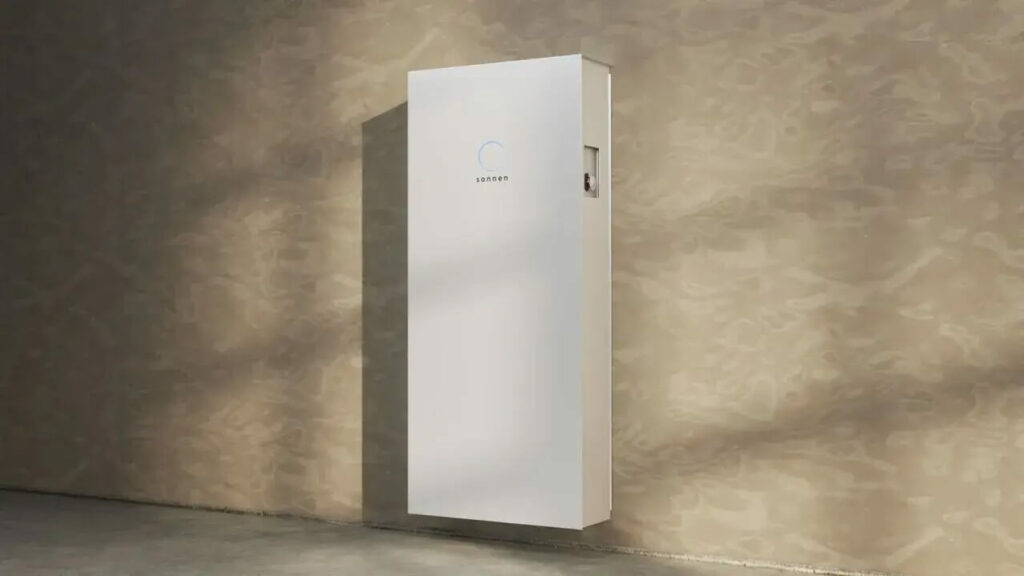Last update January 3rd, 2025 at 05:04 pm
As energy costs continue to rise and sustainability becomes more important, many homeowners across Australia are considering whether investing in a home battery system in 2025 is the right choice. With rising energy costs and a growing focus on sustainability, this decision could prove crucial for your household. Let’s explore the benefits, costs, and incentives associated with home battery systems to determine if they are worth the investment.

Understanding Home Battery Costs in 2025
In 2025, the average cost of a home battery system in Australia typically ranges from $7,000 to $15,000, depending on the brand, capacity, and installation. While this upfront expense may seem high, many factors can mitigate these costs.
Government Rebates and Incentives
The Australian government offers several incentives to promote renewable energy adoption. As of 2025, the Small-scale Renewable Energy Scheme (SRES) provides rebates only for solar panel installations, not for batteries.
However, some state governments have their own incentives. For example, in NSW, eligible homeowners can receive a battery subsidy ranging from $770 to $2,400 for installation costs. You can also earn $250 to $450 by joining a Virtual Power Plant (VPP), with an additional payment after three years. In Victoria, eligible homeowners can access interest-free Solar Battery loans up to $8,800.

Virtual Power Plants and Other Incentives
Virtual Power Plants (VPPs) are another exciting development in Australia’s energy landscape. VPPs aggregate power generated by multiple homes with solar and battery systems to supply electricity back to the grid. By participating in a VPP, homeowners can receive payments for the electricity their batteries supply, providing an additional income stream.
Many energy retailers are also offering special deals. These can include time-of-use tariffs that provide cheaper electricity during the day, making it even more advantageous to charge your battery when rates are low. This setup allows you to save money on your electricity bill while maximizing your battery’s efficiency.
Powering Your Home When the Sun Goes Down
One of the most compelling reasons to invest in a home battery system is the ability to power your home after sunset. Solar panels generate electricity during the day, but what happens when the sun goes down? A home battery stores excess energy produced during the day for use when the sun isn’t shining. This capability allows you to maintain a more consistent energy supply, reducing your reliance on the grid.
Moreover, utilising stored solar energy during peak evening hours can significantly lower your electricity costs. Instead of paying higher rates for grid electricity, you can rely on your battery, making your overall energy consumption more efficient.

Charging Batteries with Solar Panels
During daylight hours, your solar panels can charge your home battery. This process allows you to use clean energy rather than relying on fossil fuels. By strategically charging your battery, you can optimise your energy use and reduce your overall carbon footprint.
Energy retailers often provide super-cheap power rates during the day. This pricing model creates an opportunity for homeowners to charge their batteries inexpensively, setting you up for significant savings during nighttime hours when electricity rates usually spike.
Blackout Protection
Home battery systems also provide an invaluable layer of protection during power outages. With a fully charged battery, you can keep essential appliances running, ensuring comfort and safety. This blackout protection is particularly beneficial in areas prone to an unreliable power supply.

Supporting the Electricity Grid
Investing in a home battery system also supports the electricity grid. As more households adopt renewable energy and battery systems, they contribute to grid stability. When demand spikes, homeowners with batteries can supply excess energy back to the grid, reducing pressure on traditional energy sources. This participation not only benefits individual households but also enhances the overall resilience of the electricity network.
Additional Considerations
Before making a purchase, consider the size of the battery you need. Think about your household’s energy consumption patterns and whether you plan to expand your solar system in the future. A larger battery can offer greater energy independence but comes with a higher upfront cost.
Moreover, assess your energy retailer’s policies regarding battery systems. Not all retailers provide the same incentives or flexible pricing options, so it’s essential to choose one that aligns with your energy goals.

Conclusion
In conclusion, buying a home battery system in Australia in 2025 can be a worthwhile investment for many homeowners. The potential for significant savings, combined with government rebates and incentives, makes this an attractive option. Batteries can provide power when the sun goes down, protect against outages, and support the electricity grid. As energy costs continue to rise, investing in a home battery system not only benefits your household but also contributes to a more sustainable future for all Australians.
So, take a closer look at your energy needs, consider the available incentives, and decide if a home battery system is the right fit for you in 2025.